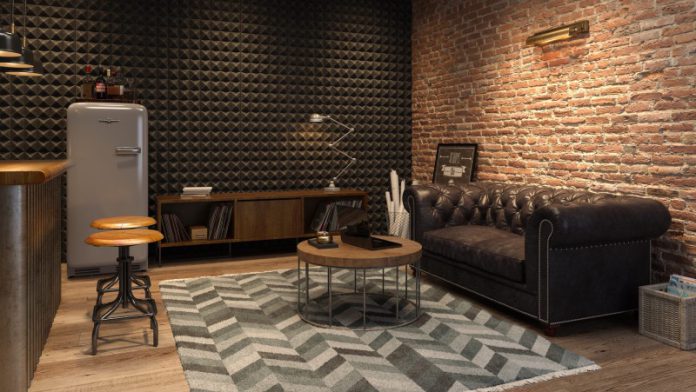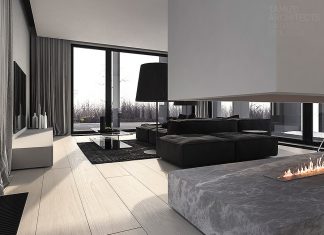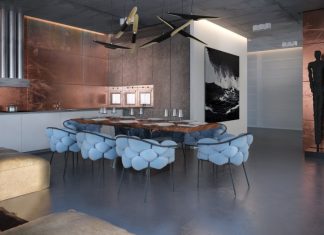Soundproofing is a major concern among homeowners and tenants, especially those living in urban cities that suffer from noise pollution. In this article, we’ll talk about how you can soundproof your room — or even an entire house. Read on!
Upgrade Your Door
If you have a hollow-core door — a door with a thin outer layer of wood and cardboard inside — your room will tend to be noisier than those that have solid wood doors. Replace your hollow-core door with a heavy-duty model that can block unwanted noises.
And while you’re at it, check for any gaps in your at the bottom of your door frame. Sounds can leak through these gaps. Install a draft stopper, seal, or door sweep at the bottom.
Try Acoustic Windows
Consider using acoustic windows, which are specifically constructed to prevent sound waves from coming into your room. Soundproofing your windows also typically means you make the glass thicker and the distance between panes larger. You should also use laminated glass — a glass-plastic-glass material — that further impedes noise transmission.
Use Wall Paneling
Acoustic foam panels are a great help for soundproofing. They quickly and effectively absorb noise inside the room.
On top of that, panels are available in a variety of textures, designs, and colors, making them ideal if you don’t want to sacrifice the beauty of your room for soundproofing. To check out popular options, visit Mute – Sound Absorbing Solutions.
Rearrange Your Furniture
If you don’t want to spend too much on soundproofing, some hacks also work, such as rearranging your furniture. One effective way of doing this is moving heavy furniture — a dresser, a drawer, or other thick furniture pieces — to an outside-facing wall. Their size and mass help absorb sound, resulting in a quieter space for you.
Apply a Ceiling Cloud
If budget isn’t a problem, a ceiling cloud works like magic. A ceiling cloud is an acoustic foam cloud that’s installed on your ceiling. It absorbs echoes and noises in large environments.
Like wall panels, ceiling clouds can also be stylish — you can use them to delineate space and complement your interior design since they also come in various sizes, shapes, designs, and colors.
Use Sound-Catching Curtains
Sound-catching curtains are gaining popularity among homeowners nowadays, and that’s for good reason. They’re effective when it comes to reducing or eliminating echoes in a room. They deaden the sound in your room. You can also choose sound-catching curtains with decorative designs and colors.
However, they aren’t as effective as soundproof walls or windows. They can’t block a lot of sounds coming from the outside of the room.
Install Thicker Carpets
If you also want to block the sounds of walking feet, boots, or even paws on the floor, then try installing thicker carpets. Such carpets can block floor vibrations, muffling the sounds of your feet. This adds another layer of privacy to your room if you’re living in an apartment with many adjacent rooms.
Build a Bookcase
While it isn’t common knowledge, bookcases filled with books and magazines block sounds. Filled shelves have great mass, which helps them absorb sounds easier.
If you don’t have an existing bookcase, building one is a practical idea. Just be sure to extend the bookcase from the floor to the ceiling, and fill them with books and more content.
Add a Background Noise
This one isn’t necessarily a soundproofing method; rather, it helps you mask the external noise coming from the outside. You can play ambient sounds or soothing nature music — all of these neutralize the noise pollution of the outside world.














